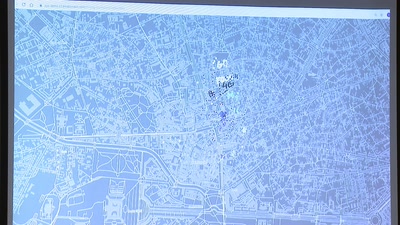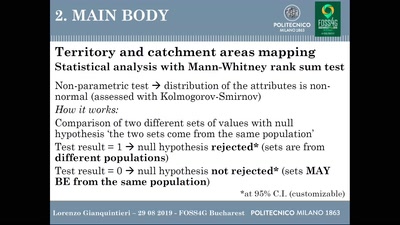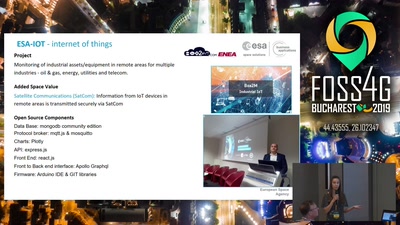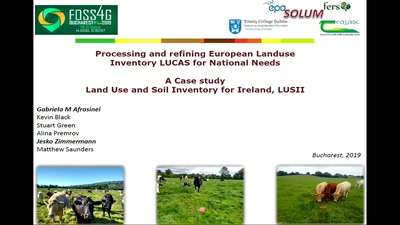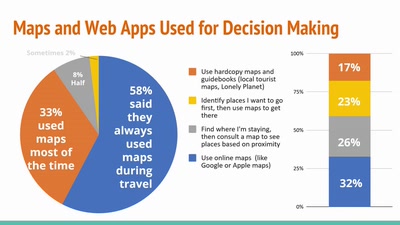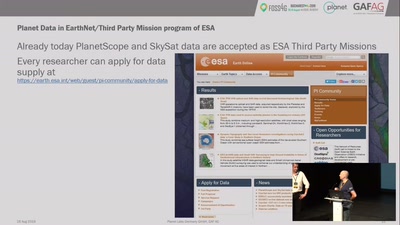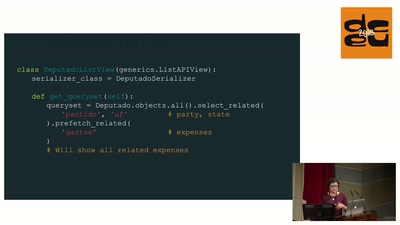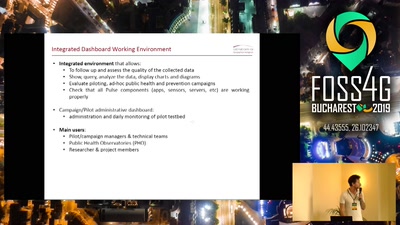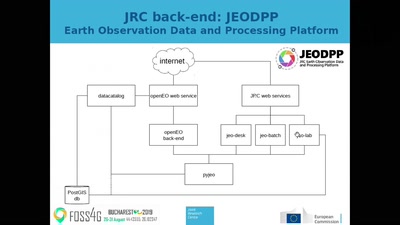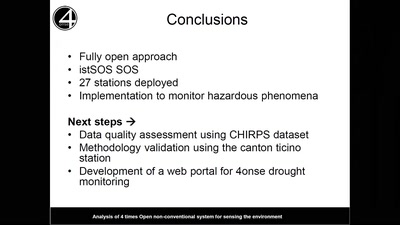Curricula in geography and GIS can be transformed by integrating open source GIS with critical human geography. This integration requires students to develop strong skills in assessing error and uncertainty and in questioning the powerful social implications of spatial information technologies, and requires faculty and students to develop new open curricula, features and algorithms to facilitate teaching introductory spatial analysis. Building on three semesters of experimentation with an advanced-level integrated open and critical GIS course, I have transformed a large introductory proprietary GIS course into a critical human geography course with open-source QGIS.
Throughout the curricula, open GIS techniques are mapped to critical human geography concepts. Novice GIS students learn fundamental techniques while also learning to question the political economics, social and cultural forces, and instrumental logics that shape GIS data, software algorithms, visualizations, and social impacts. For example, students' first exercise is to practice radical cartography of disabled mobilities. On one hand, they learn fundamental techniques of the vector data model, planning a data collection schema, using a Leaflet application exposing the global positioning system location services on their phones, querying OpenStreetMap data, and creating a QGIS map visualization and print layout of wheelchair users' accessibility on campus. On the other hand, they confront and appreciate social power in construction of the built environment and campus maps, socially differentiated mobility in physical and cognitive space, and potential for GIS to challenge the status quo.
What are the substantive differences between teaching GIS and teaching human geography with GIS, or between teaching open and proprietary GIS? Teaching human geography places critical questions about the society and society's interaction with spatial technology first, while the spatial technology itself is not black-boxed, infallible, or determinant. Taken together, students first ask how GIS can be used for critical inquiry and when GIS fails or delivers unsatisfactory results, they ask how open GIS can be altered to produce better answers. The fallibility of open GIS requires a pedagogical focus on assessing error and uncertainty: students must learn to confidently assess the integrity of each algorithms' results. The accessibility and malleability of open GIS enables students and faculty to change GIS as we use it, and open GIS can benefit from cohorts of novice students critically engaging with the technology. New forms of GIS users and applications emerge as students diffuse open GIS technology through other university courses and internships with grassroots and non-governmental organizations. New forms of open GIS software emerge as students help create more user-friendly open GIS for novices and repurpose open GIS for critical inquiry.
None

